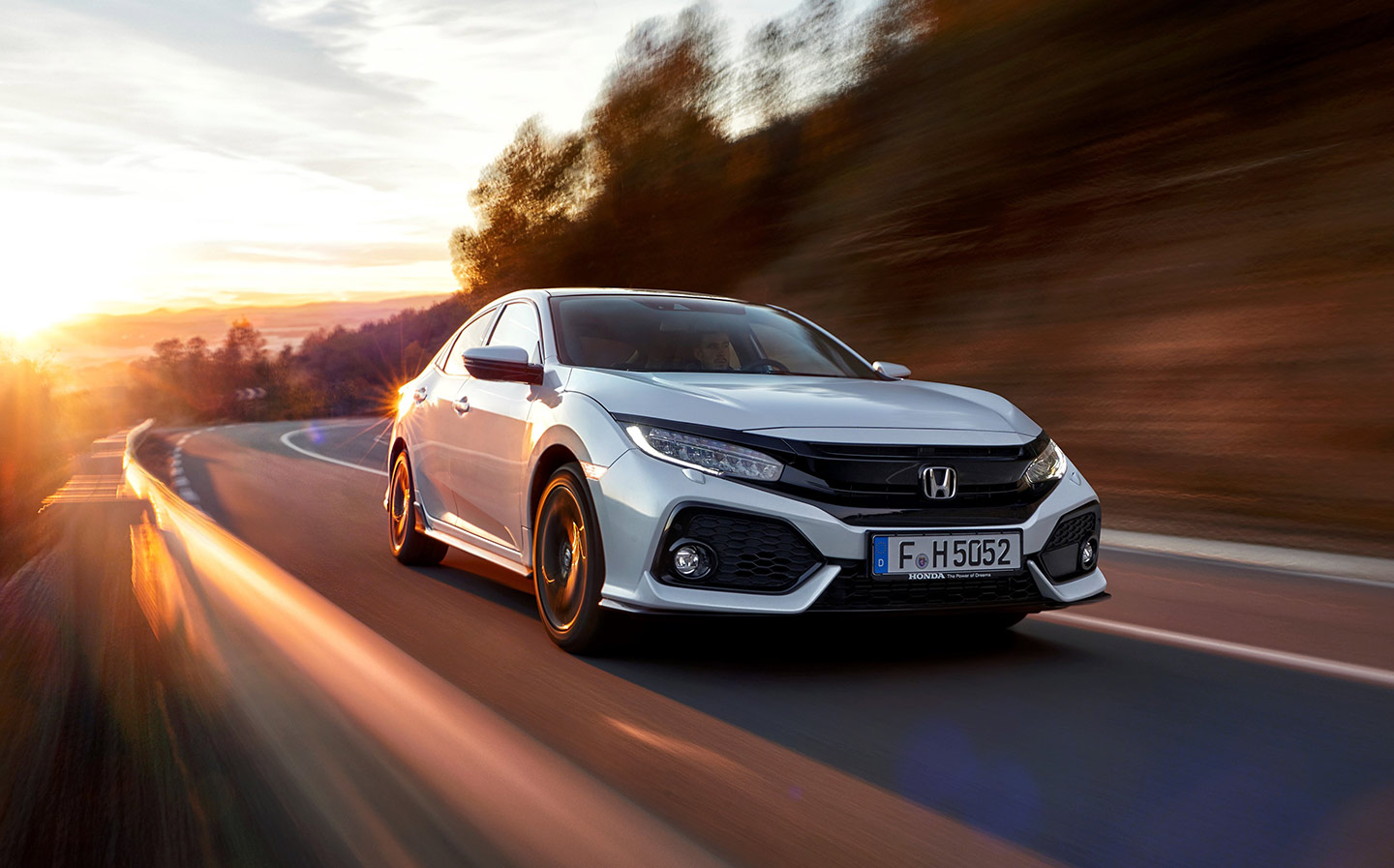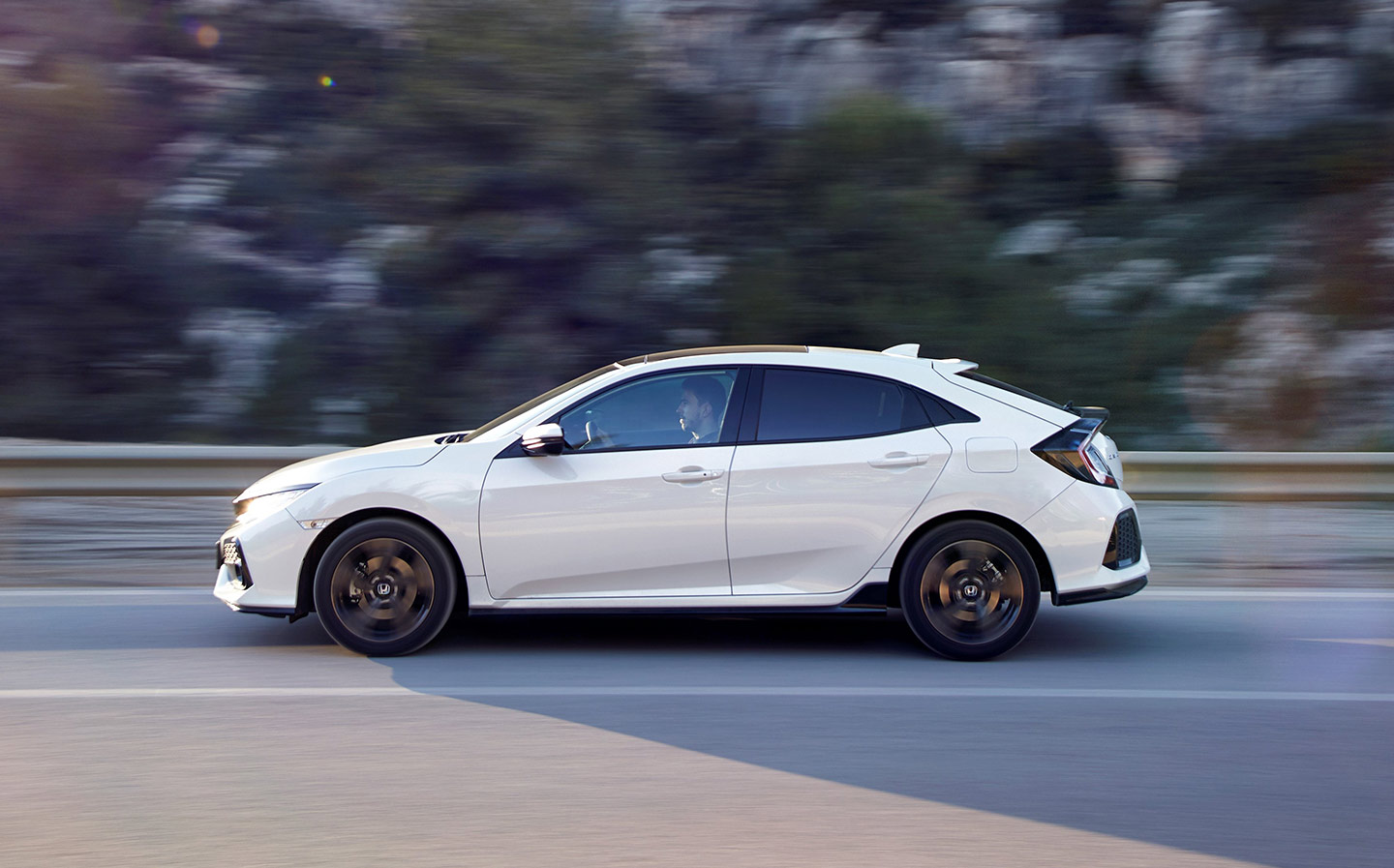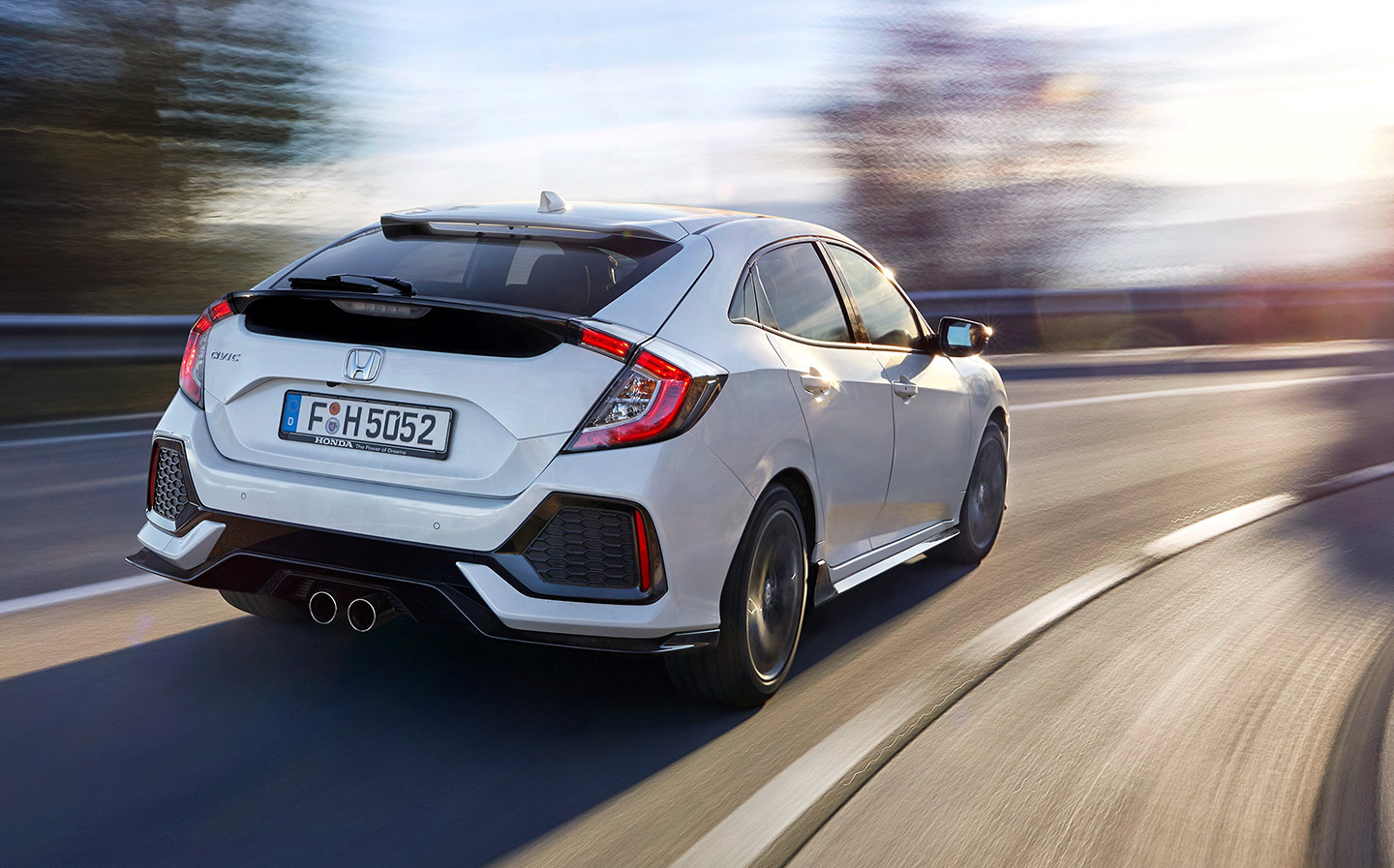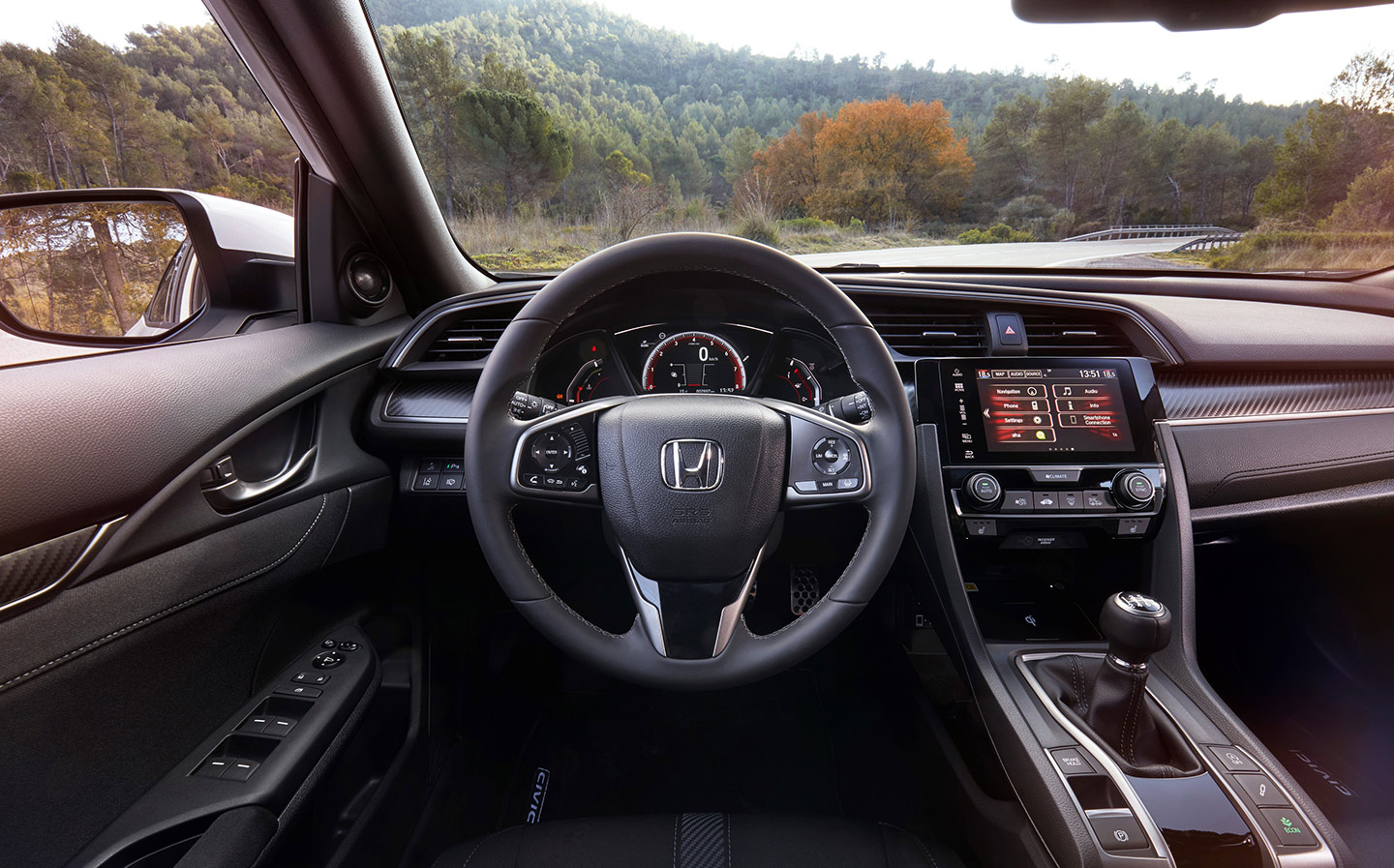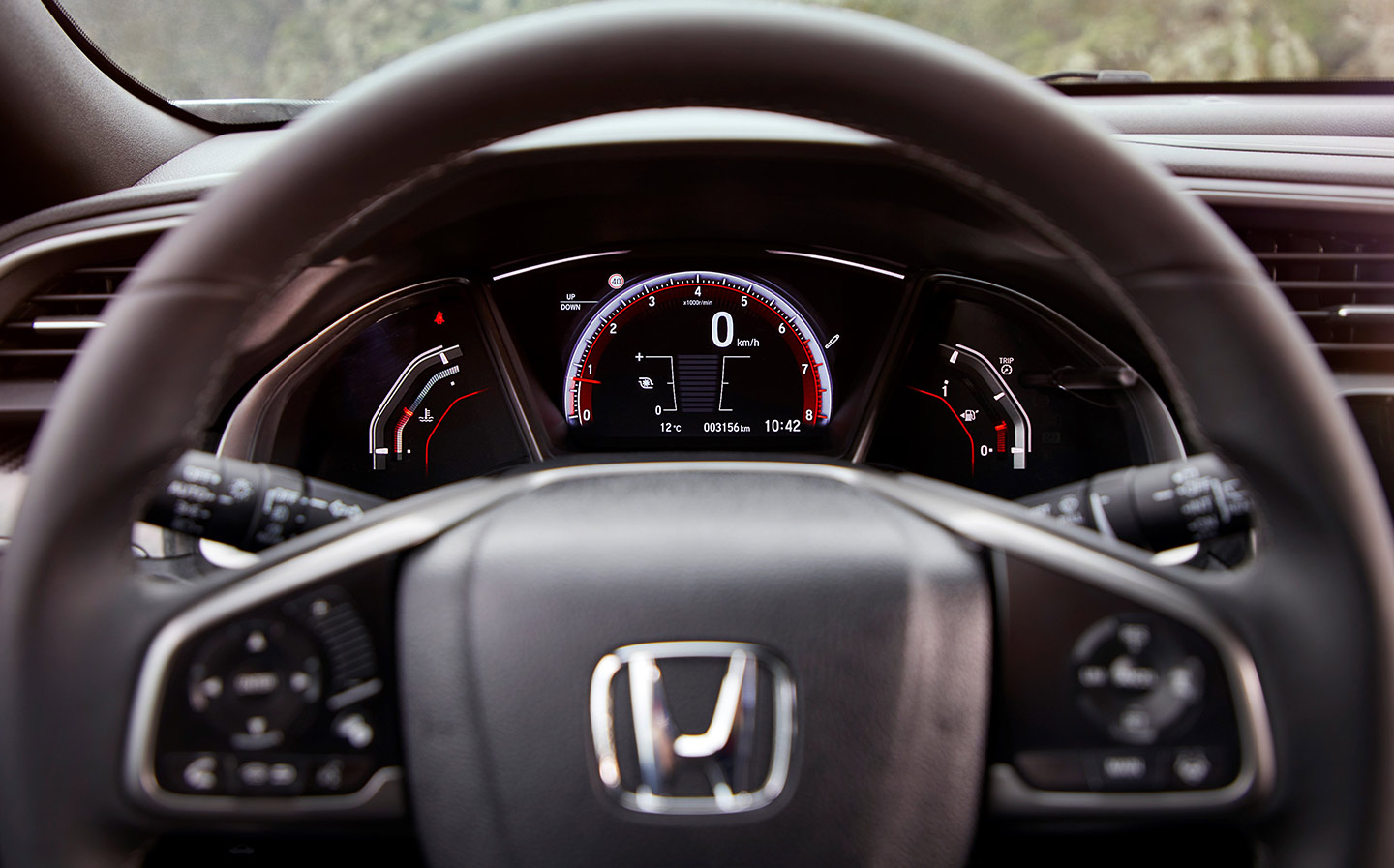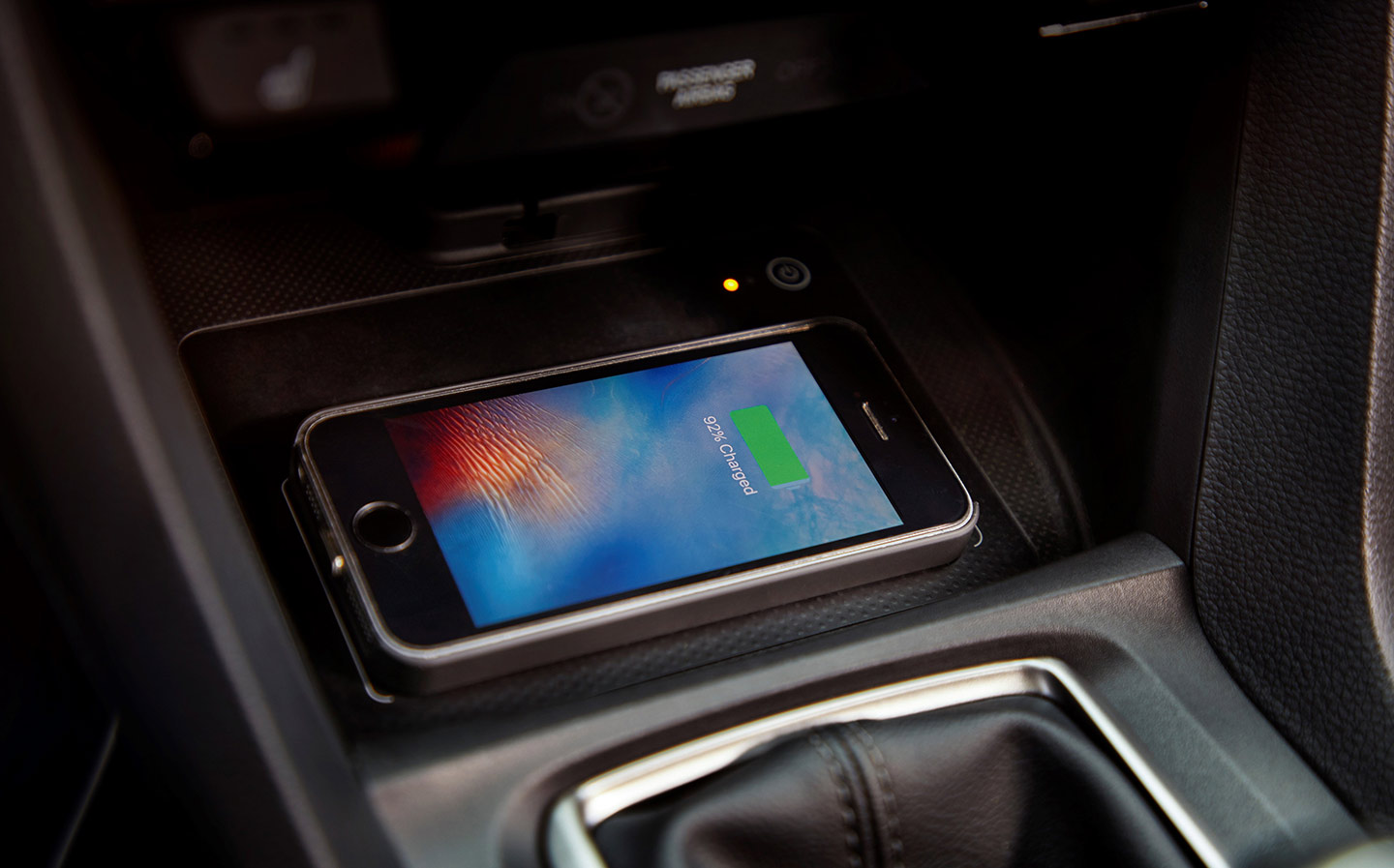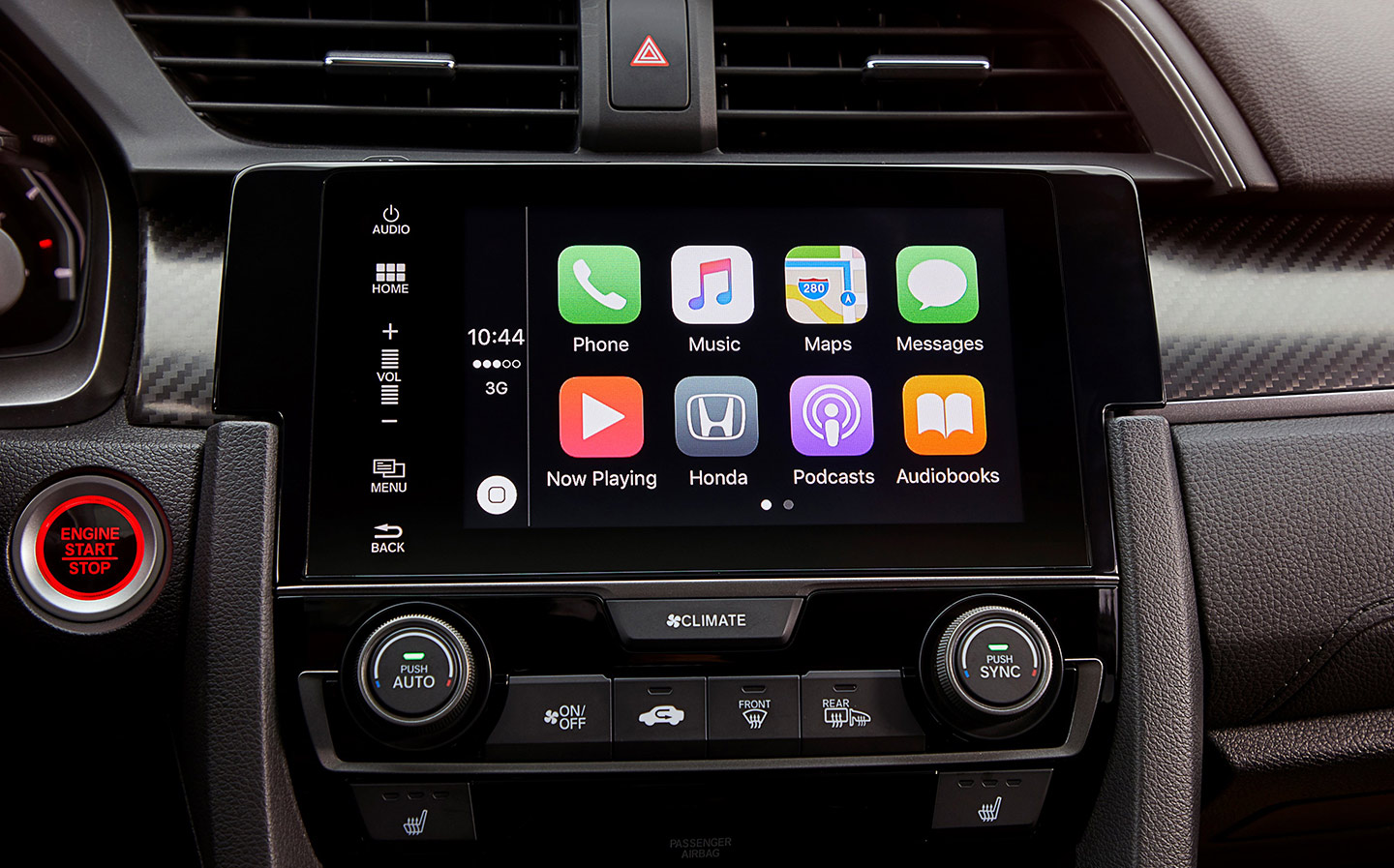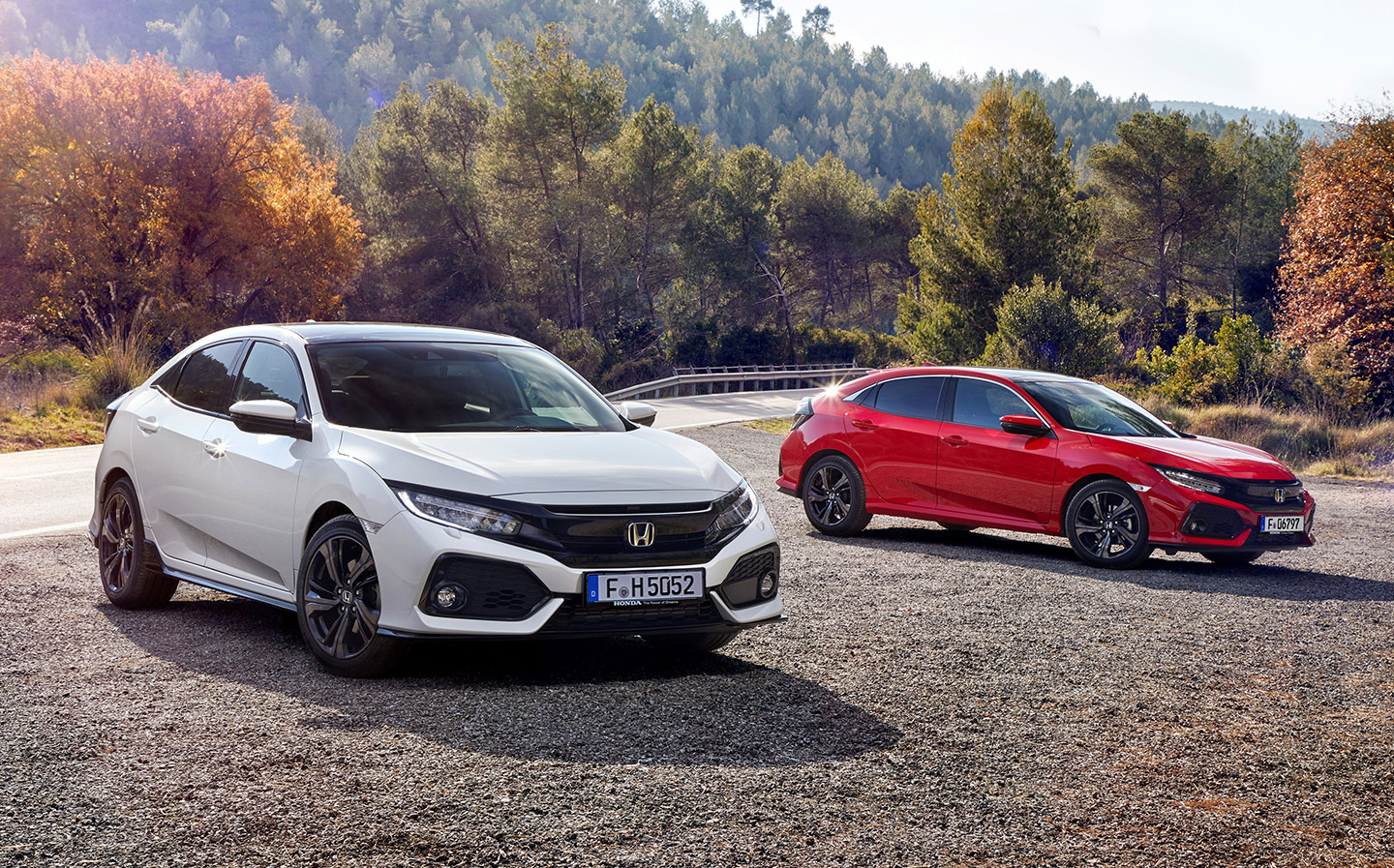First Drive review: 2017 Honda Civic Mk 10
An engineer's dream. But are we excited?
HONDA is an extraordinary motor manufacturer in many ways, not least because it makes cars that are both incredibly radical and unbelievably bland.
The NSX, for example, was originally a sweet-handling supercar you could use every day and is now reborn with the same sense of driver fun but with added electronic wizardry. Then there are the Type-R cars: Civic, Integra… great, fun cars. What enthusiasts call “drivers’ cars”.
On the other hand Honda has turned out such motoring sedatives as the Stream and various pedestrian iterations of the Jazz, Accord and Civic hatchback. It gets complicated here because, actually, some Accords and Civics have been rather exciting.
The eighth generation Civic of 2006, for example, was a revolution. So exciting to look at. So uncharacteristically (for a Honda) difficult to look out of. Its achilles heel was cost-saving “torsion bar” suspension at the rear, at which keen drivers quickly turned their noses up.
View the used Honda Civics for sale on driving.co.uk
The next Civic was an improvement all round — more space, more kit, a quieter cabin — but not only did it keep the penny-pinching rear suspension but also the styling was dulled.
So news that Honda has made the 10th generation Civic, tested here, a “global car”, riding for the first time on one platform that will be sold in every market around the world, rather than creating special versions for the North American, Asian and European markets, rings alarms bells. Why would Europeans want to drive a family car that is also designed to sell in America? Americans like soft sedans (saloons) and pick-ups that will glide them along the interstate without spilling their bucket of full fat Coca Cola. Europeans are interested in quaint things like “handling”. It’s like asking Mo Farah to run in slippers.
The good news is that Honda has based its global car on European tastes. While Americans will get a saloon version, the British Civic continues as a hatch only (very few of us buy small saloons) and, even better, the Swindon-built hatch will be made for export worldwide, including America.
Honda expects to export 40% of its Civic hatchbacks to America, in fact. Who knows if they’ll have to continue paying the current 10% import tariff but this is just one of the reasons Theresa May is cosying up to Donald Trump.
There was more good news during a graph-heavy technical presentation, too. The new hatchback finally ditches the cheap torsion bar at the back for more sophisticated, independent rear suspension. Honda’s engineers can do this partly because of economies of scale; the volume of identical parts needed for the global car is much greater and, like bulk-buying your toilet roll, there are greater savings to be had in production.
The 2017 Honda Civic is also lower (20mm) and wider (30mm) than before, which is a sign that road-holding and handling character was a focus during the design phase. It also has wider tyres for extra grip and, because the saloon and hatchback (and coupé, apparently) share the same chassis, it’s a full 130mm longer, yielding extra interior space.
Honda’s got new tricks under the bonnet, as well. A re-engineered 1.6-litre diesel is coming but won’t be available until the end of the year. Before that, from when deliveries begin at the end of March, buyers have a choice of two completely new turbocharged petrol engines, a 1-litre and a 1.5-litre, which offer a thoroughly decent power output of 127bhp or 180bhp respectively, but with low annual tax costs.
“Why would Europeans want to drive a family car that is also designed to sell in America? It’s like asking Mo Farah to run in slippers”
You can get the 127bhp version, for example, with the CVT (automatic) transmission that produces just 106g/km of CO2: that’s the sort of CO2 level you’d expect from a clean diesel, except it’s not, it’s a petrol and so doesn’t produce the nitrogen oxides and particulates that are now understood to be the biggest health threat for anything that, well, breathes air.
Honda also says the 1-litre VTEC turbo is the equivalent of the outgoing 1.8-litre engine in terms of performance. That’s extraordinary. It has achieved this, the engineers explained, through bewildering things such as “high-tumble intake ports”, “sodium-filled exhaust valves”, “ultra-lightweight cranks” and “newly-designed water jackets”. Journalists nodded with approval at these clever developments, but thoughts turned to Ford and its been-there-done-that 1-litre Ecoboost engines.
For average buyers, there is an important point: 106g/km of CO2 puts the car in tax band B and under current rules, therefore attracts no tax in the first year and then just £20 annually thereafter. Unfortunately, the government is changing car tax rules from April 1, 2017, and if you register the same car from April, it’ll cost £140 per year.
During the test drives, Honda made both petrol engines available, with a choice of a six-speed manual gearbox or CVT (continuously variable transmission, a type of automatic). The more powerful engine feels lethargic with the CVT but can be coaxed into life by sticking it in Sport mode and using the steering wheel-mounted paddle shifts to “change gears” (although with CVT there aren’t actually any cogs to shift).
The 1.5 pulls well across a wide rev range but couldn’t be regarded as sporty, and certainly the performance benefits are marginal over the 1-litre motor.
The smaller engine is a little wonder that offers surprising poke from around 1,700rpm for such an efficient little three-cylinder unit. Again, the manual ‘box is more fun, with a short, stubby gear lever snicking between the six speeds delightfully, although the CVT version feels slightly less disappointing married to this engine. The noise from the 1-litre engine is more satisfying, too; a throaty grumble rather than a dull whine.
Honda makes much of the dynamic potential of the new Civic, pointing to its new lighter, stiffer chassis, as well as the lower, wider, longer stance, and revised suspension set-up and wider tyres. On the road, it proved plenty of fun, resisting roll through corners and showing an agile front end that gripped and gripped, then gripped some more, even when pushed very hard. Eventually we pushed the front tyres beyond what should be considered acceptable and managed to provoke some understeer, but the Civic did so in a thoroughly polite and predictable manner.
The lengthened chassis means there’s more space inside compared with the previous Civic, and it feels roomy upfront but gains seem marginal when sat in the back of the hatchback; those over six foot will feel a little claustrophobic. Honda has tried to make the driving position a little sportier, so the front and rear seats are closer to the floor, which definitely improves the Lewis Hamilton factor while behind the wheel but one wonders what grandma and grandpa will make of the less gainly entry and exit procedure.
The cabin design may please granny and gramps, though, as it’s mildly more conservative than before. A pleasing mix of soft and hard plastics on the dashboard in contrasting tones of black and grey are let down somewhat by a rather too-obviously fake carbon-fibre effect panel. Honda was aiming to give the cabin personality and inject a bit of fun but it’s not quite as stimulating as before.
Browse NEW or USED cars for sale on driving.co.uk
On the motorway, the more grown up attitude reveals itself, too. It’s quiet and comfortable in the cabin. Honda says it has added insulating glass and more sound deadening around the bonnet, doors, rear wheel arches and under the floor. It’s effective but front passengers may notice noise as air rushes over the wing mirror. Audi spent six months working on reducing noise and improving aerodynamics around the mirrors on its latest A4, so getting this right is not as simple as one might imagine.
Honda has put huge amounts of effort into making the 2017 Honda Civic better to drive, more roomy, more fuel efficient and less polluting. Its engineers should be proud of ticking so many boxes. However, while the driving dynamics were tuned for the European market, some Brits might not warm to the body shape, while the interior may not excite in quite the same way as does the driving experience.
Is it a classic Honda? It’s hard to get excited about in the same way as an NSX, but it is definitely a hatchback of note for keen drivers. Given its potential, though, the hot Type-R version, which will be introduced later this year, is definitely one to watch.


